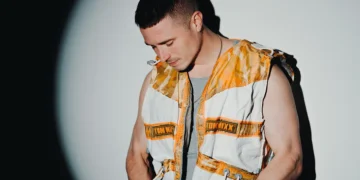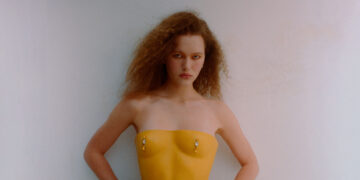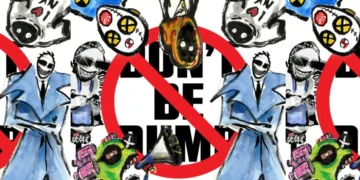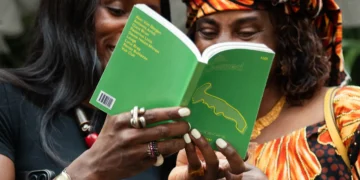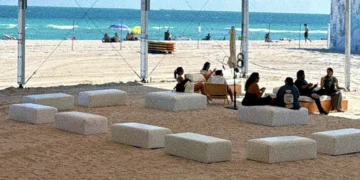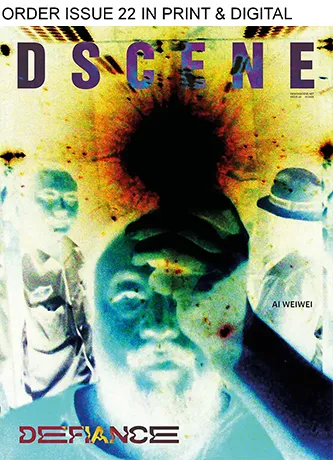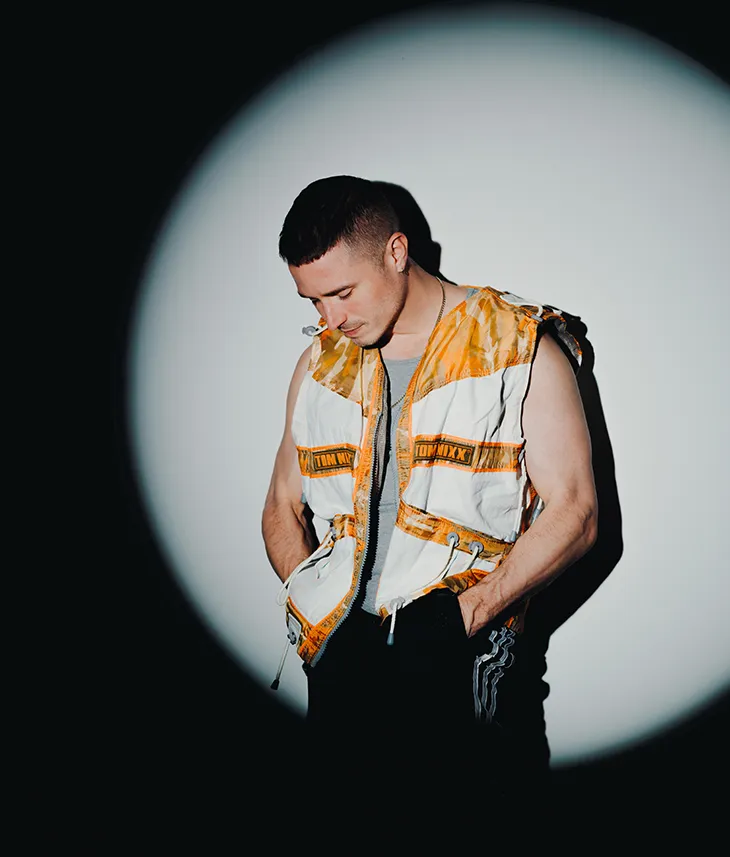
For Los Angeles-based DJ Chris Cruse, music doesn’t just move bodies, it mobilizes. As a staple of queer nightlife and the force behind events like Spotlight and QueerMaps.org, Cruse has long seen the dance floor as both sanctuary and staging ground. In a time when trans rights, queer history, and political solidarity are under threat, he reminds us that resistance can look like collective joy and that dancing can be a form of defiance.
MUSIC
To mark Pride Month, Cruse curated an exclusive playlist for DSCENE that pulses with protest, memory, and momentum. Here, he speaks with editor Katarina Doric about message music, mutual care, and why club spaces still matter, perhaps now more than ever.
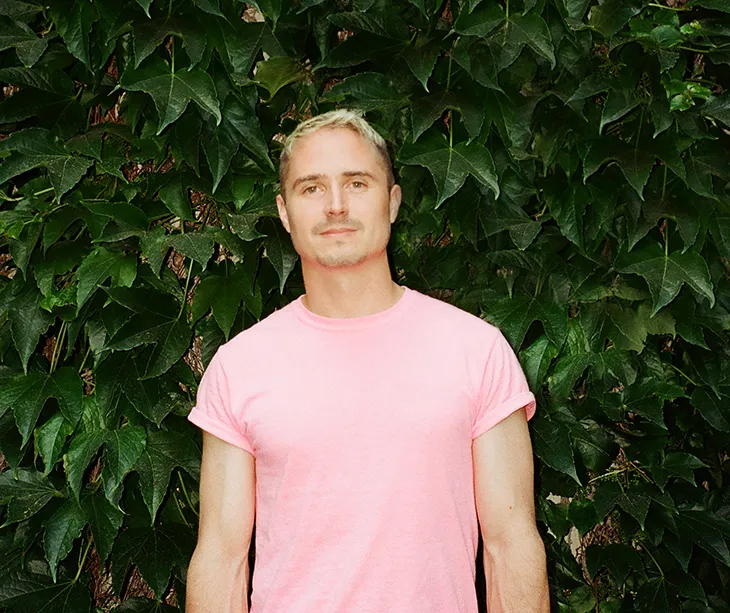
What kind of mood or energy did you aim to capture with your Pride playlist for DSCENE? – Power to the people. Knowing where you came from and where you can go together. Confidence and a bit of hope. Message music. There’s important trans voices we need to hear from. There’s music from other periods of struggle that feel just urgent – those surrounding Stonewall, AIDS activism, and today. Basically: you’re not alone, and we need you.
As a DJ who’s deeply connected to queer nightlife, how do you see the role of music evolving in LGBTQ+ spaces right now? – I think the best DJs can encode some meaning into their sets. Tracks with words can be woven together to send messages. Familiar tracks can get re-contextualized to create new meaning. A familiar anthem can galvanize a room. Even tracks without words can convey tone, or reveal something about the artist behind the track. I’d also say that the best nightlife situations right now are ones where the promoters have something to say, and create a world for us to inhabit – even temporarily for a night. Especially in these situations, the DJ can play a huge part in conveying the message.
What does Pride mean to you this year – personally, politically, or creatively? – It’s not looking good for trans folks and politically engaged queer folks around the world. Our rights – especially the rights of our trans friends – are under attack. For me this year Pride means finding other queer and trans folks and allies – going beyond your immediate friends – to organize in order to resist, build, fight, survive. Just this past week myself and over a dozen other artists pulled out of playing at Milkshake, a queer festival in Amsterdam that was acquired by KKR. KKR invests in and profits from weapons manufacturers, data centers, and defense technology linked to Israel’s military-industrial complex, which is responsible for the systematic murder of Palestinian people. Divesting alone from this infrastructure would still matter, but by finding each other and organizing, hopefully a bigger impact could be made and this message could spread even further. As queer and trans folks our struggles are interconnected. I have so much respect for all of the activists committing their lives to our protection, and who are able to understand the urgency of the horrors in Gaza and at home. Connecting and engaging politically is the vibe.
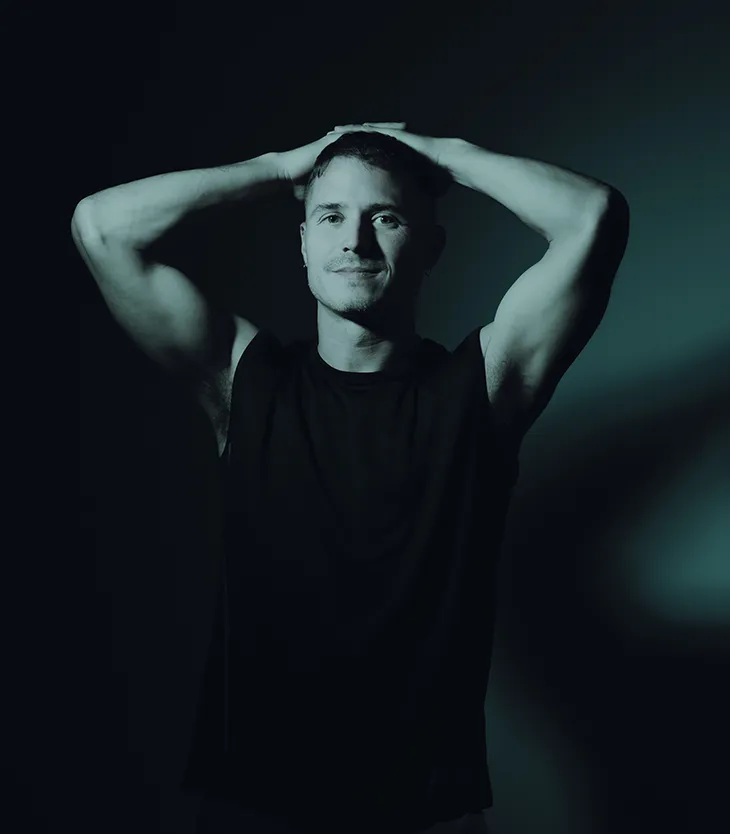
Beyond the decks, how do you see your work contributing to queer visibility or resistance? – I’m deeply involved with two annual nightlife events that I believe put these ideas into action, in terms of centering queer talent and platforming new artists. I’ve also put together the site QueerMaps.org, which is an online archive built to preserve and share the diverse history of LGBTQ+ spaces in Los Angeles from 1871 through today. As we watch governments explicitly remove us from official history books, it’s important that we preserve our stories so we know our own history and that we remember we’ve always been here.
Pride can mean a lot of things – from protest to party. How do you balance both in your sets? – I always try to slip in a message or two during the fun, and there has to be a lightness and fun to keep the floor moving. It might feel difficult to celebrate right now, but joy and survival remain valid acts of defiance. We need glimpses of these moments to remember what freedom can feel like, who we are, that we’re alive, and how electric it can be when we’re all moving together. That we do, in fact, need each other. During the AIDS epidemic, protesters would meet and plan and carry out direct actions during the day, party at night, and do it all over again the next day. Balance is key.
View this post on Instagram
What do you wish more people understood about the politics and pleasure of queer dance floors? – Queer dance floors can hold both pleasure and political possibility. Simply attending a party (or liking a post) isn’t revolutionary. But showing up and being present is a start – and what you do from there, and how you connect with the people around you to make the world you want, is what really matters.
If you could time travel to any past queer club scene, where would you go and why? – I’d time travel to Club Fuck!, which ran every Sunday night in my old neighborhood in LA from 1989 to 1993. I’ve dug up everything I can about this radical queer night that featured live piercing, tattooing, mummification and body modification against throbbing industrial DJ sets. My label, Spotlight Records, even reissued a record by the band Drance, who performed there. It’s almost hard to imagine the scene now, since the neighborhood is so trendy and “nice”. But during the height of the AIDS crisis—when their bodies were failing them – they pushed the limits of what bodies could endure in the spirit of play. They were in your face, punk as fuck – and clearly having an insane amount of fun doing it.
Can you share a track from your DSCENE playlist that feels especially personal to you – and tell us why it made the cut? – I’ve been playing “The Prophecy” by Serenda in almost every set for the last year. Besides being a fierce track for the dance floor, there’s a powerful call to action: “Give life, give strength, give choice, no fear: Power to the People”
Give this playlist a listen: DSCENE Pride Vibes by DJ Chris Cruse:
